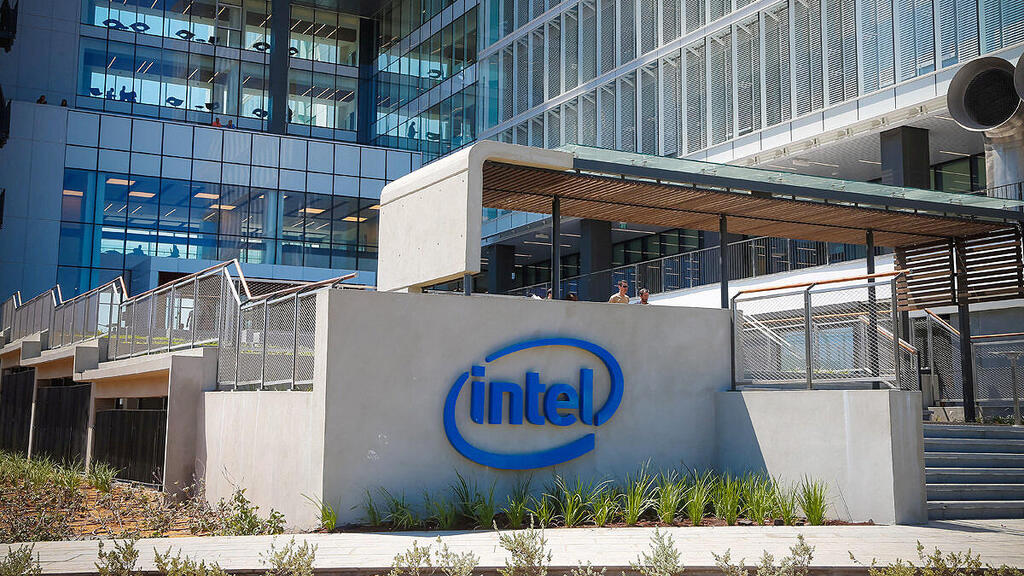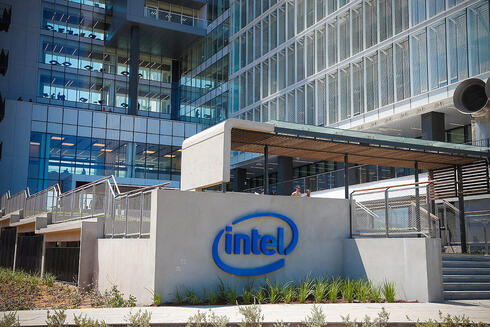
Intel to lay off more than 20,000 workers as new CEO begins overhaul
Tan’s restructuring marks the biggest workforce reduction in the chipmaker’s history.
Intel is expected to lay off approximately 22,000 employees—roughly 20% of its global workforce—in a massive round of cuts, marking its second such move in less than a year, according to a report from Bloomberg.
Intel CEO warns: “This is just the beginning” as layoffs and reforms begin
Intel braces for massive layoffs, with Israeli operations facing uncertainty
Inside Intel’s biggest-ever layoff: a blueprint for a wounded giant
Sources familiar with the plan say the layoffs are part of a broader effort to reduce corporate bureaucracy and streamline operations, with the ultimate goal of rebuilding an engineering-driven culture. The layoffs are expected to be the first major strategic move by Intel’s new CEO, Lip-Bu Tan, who took over in March.
Intel has been facing a prolonged, multi-year crisis, driven largely by its failure to keep pace with the mobile and AI revolutions. Former CEO Pat Gelsinger had attempted to revive the company by investing heavily in its foundry business—manufacturing chips for third parties such as Apple and Nvidia—in a bid to compete with industry leader TSMC of Taiwan.
But that ambitious plan has yet to deliver meaningful results, while Intel’s financial position has continued to deteriorate. In August 2024, the company announced a sweeping 15% workforce reduction, affecting around 15,000 employees, alongside a range of cost-cutting measures including the elimination of employee perks such as mobile phone reimbursements, vehicle leasing programs, and even coffee stations in its offices.
Despite these austerity measures, the company remained under pressure. Gelsinger resigned abruptly in December, and by February, reports surfaced that Intel was exploring options to sell or spin off parts of its chip development and manufacturing business.
Though Tan initially stated he had no plans to exit the chip manufacturing business, reports soon emerged that Intel was in advanced talks with TSMC about forming a joint venture. Under that arrangement, TSMC would take a 20% stake in Intel’s manufacturing operations and provide technical expertise, manufacturing methods, and staff training.
Since assuming leadership, Tan has initiated several streamlining efforts. Most notably, he led the sale of 51% of Altera—Intel’s programmable chip unit—to private equity firm Silver Lake in a deal that valued the business at $8.75 billion, nearly half of what Intel paid when it acquired Altera in 2015. Tan has also moved to flatten Intel’s corporate hierarchy in a bid to increase speed and efficiency.
Related articles:
Now comes what is expected to be the most significant move of his tenure to date: the largest round of layoffs in Intel’s history. The company may formally announce the cuts alongside its quarterly earnings report on Thursday.
At this stage, it remains unclear which divisions will be affected or how many layoffs will occur in Intel’s global hubs, including Israel, where the company operates major manufacturing facilities in Kiryat Gat and a large R&D center.
Tan signaled in April that he intends to replenish the company’s depleted engineering ranks, suggesting the deepest cuts will likely target human resources, marketing, and middle management.
